The rock altar of Santo Stefano, located in the territory of Oschiri, is located within a very large area characterized by an underground necropolis in which there are numerous Domus de Janas, about 8, dating back to the recent Neolithic, precisely Culture of Ozieri (3500-2700); there are also the remains of a nuraghe, but the conformation of the surrounding rocks is very particular and the whole area is imbued with strong sacredness. In addition to the Neolithic period, Byzantine and medieval stratifications are clear and evident.
What makes the site particularly interesting and unique is the large rock about 10 meters long in which numerous triangular, semicircular and quadrangular niches have been carved, the dating of which is uncertain. The visual impact is exciting and, if we consider the fact that its symbolic meaning and its real function have not yet found convincing explanations, the whole complex is shrouded in a particular mystery.
The rock has a lower plinth completely devoid of incisions and an upper part with two rows in which 21 niches are distributed (14 in the lower row and 7 in the upper one) as well as a large number of cup marks to delimit and/or crown only some shapes . To highlight a square that is dug in a shallower way than the other niches so as to be almost without depth, with a perimeter frame, surmounted by a triangle with a Greek cross.
The very name of Altare appears to be reductive due to the high symbolic value that the place contains, but the wonders are not hidden only in this large granite ledge where it is said that the shamans of Sardinia (sas Sanadoras) went to give birth, the great and mysterious design also unfolds through other sculpted rocks not far away.
On the southern side of the altar there is a clear "sundial" in which there is a deep circular niche surrounded by 12 shallower but almost equidistant cup marks, slightly shifted to the north and further away from the others, there is a thirteenth cup.
Immediately behind the sundial there is a flat rock on which a rectangular shape is deeply engraved, on the shorter north side there are a series of cup marks as if to draw a "crown". This has been defined as a burial area in which the body was placed and left until total stripping, the association with the neighboring place where life was born was immediate, suggesting that in this place the complete cycle of life was honored and sacralised itself.
Behind the left end of the altar is a rock with triangular hollows and a sort of counter, probably used for votive offerings or for the practice of the incubation rite (magical-religious practice which consisted of sleeping in a sacred place to receive messages through dream activity).
About a meter away, behind the right side of the latter, we find a rock with 14 horizontal cup marks engraved, finally, about 10 meters from the rock altar, there is another rock with three engraved quadrangular niches, slightly out of phase with each other, immediate is the association with false doors. With regard to this rock Robert Bauval (author of "The Mystery of Orion") associated these engraved shapes to the three pyramids of Giza, Cheops, Chephren and Mycerinus, seen from above, which have the exact same orientation of the "belt" of the constellation of Orion.
A large fascinating complex, therefore, in which hypotheses are decidedly greater than certainties and where people of every religion and place converge to browse, perceive, hypothesize.
Confirming that this was a particularly important sacred place, in addition to the Byzantine crosses engraved in later times in the large "Altar", there is the small church of Santo Stefano, built exactly opposite and dated 1492. The church inside houses a small bethel Nuragic that was used as a stoup and, an interesting detail, two stone faces attributed to the Goddess Astarte have been set in the facade, probably used as a reminder for pagan peoples, and indicative of a fervent pre-Christian sacred activity.
Not just a place to visit, but a place to vibrate with.
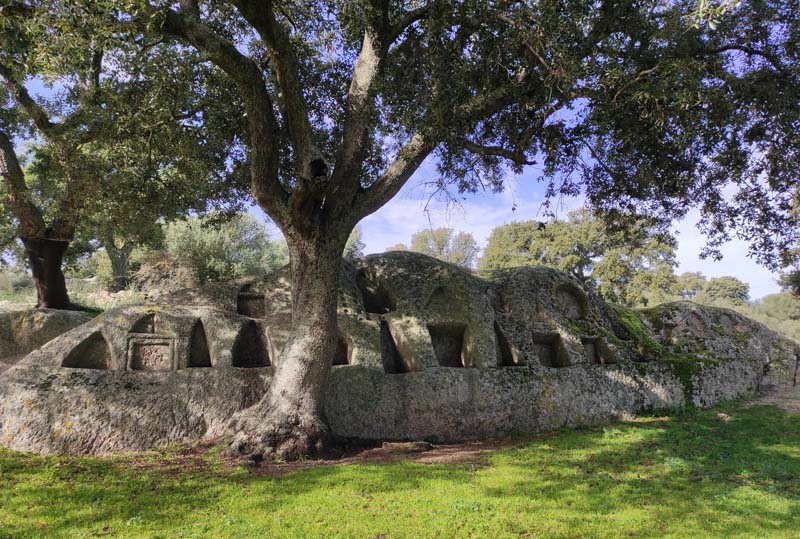
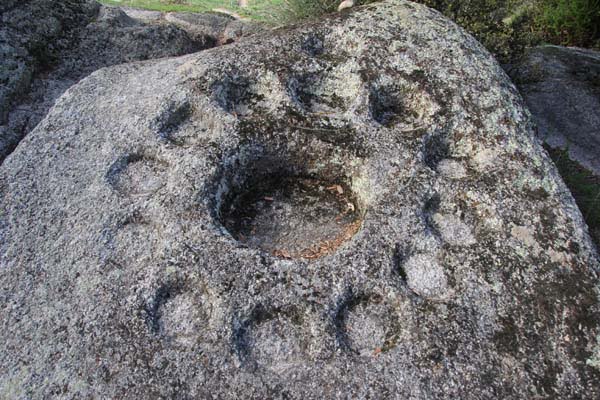
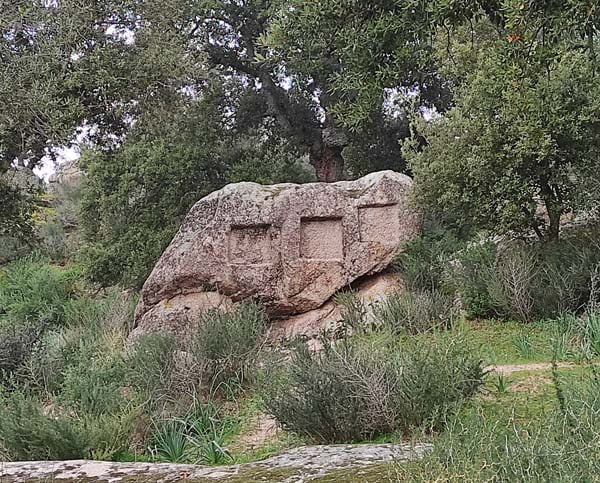
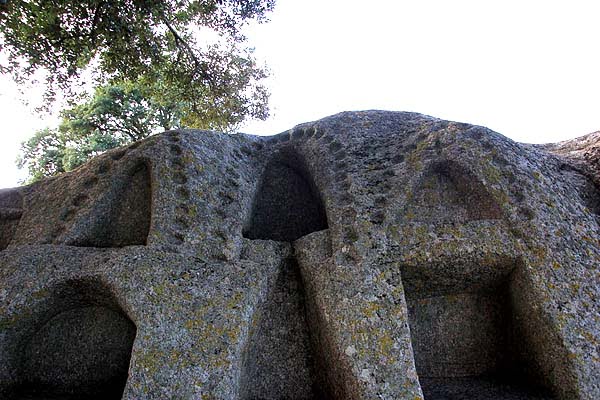
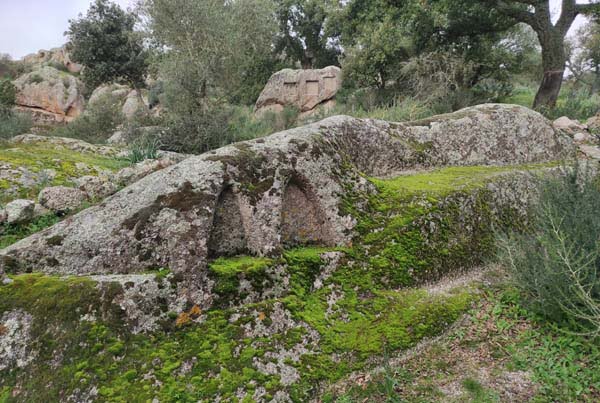
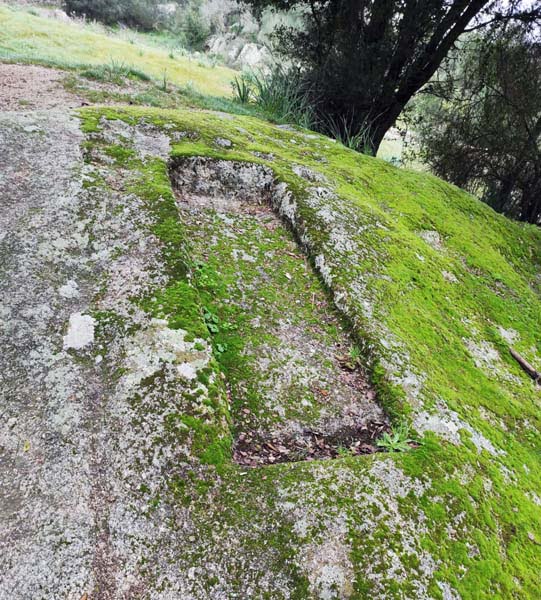
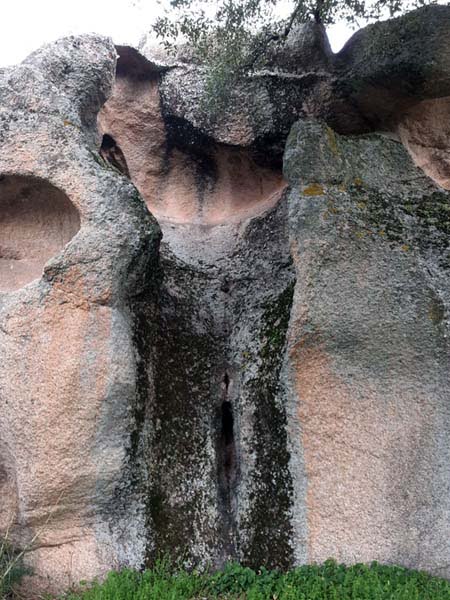
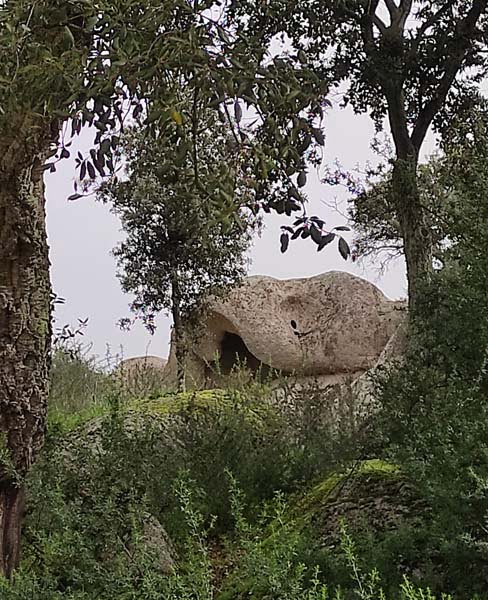
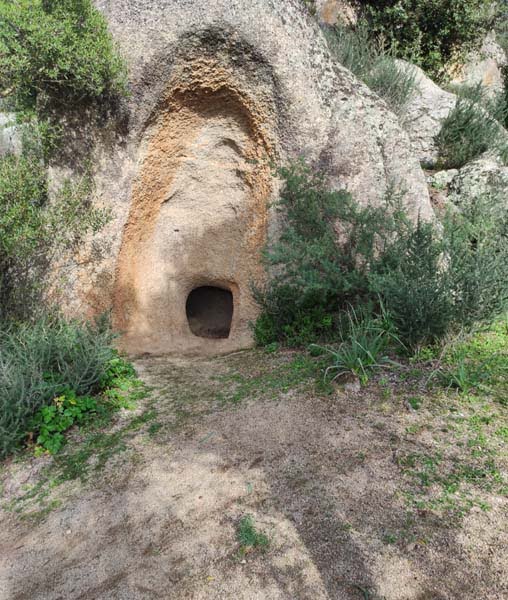
CARD
LATEST PUBLISHED TEXTS
VISIT THE FACTSHEETS BY OBJECT

